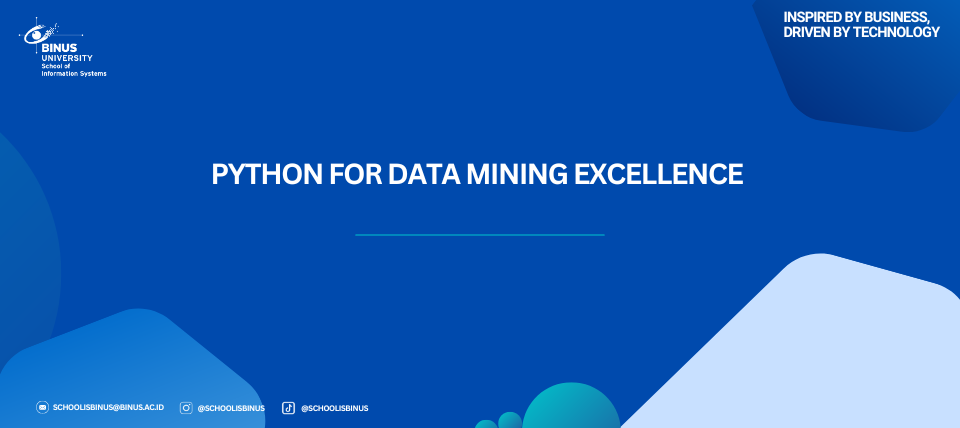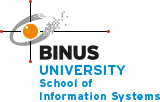Python for Data Mining Excellence

In the age of big data, extracting valuable knowledge from massive datasets is crucial for strategic decision-making. Data Mining (DM), the process of discovering patterns and insights from data, has become an indispensable discipline across business, science, and technology. The success of any data mining endeavour hinges on the availability of powerful, flexible, and efficient tools. Python has emerged as the unequivocal standard in this field, offering an unmatched ecosystem of libraries, simplicity in syntax, and a robust community that supports every stage of the DM lifecycle.
Python’s suitability for data mining stems from its versatility and the specialization of its core libraries, which seamlessly handle the entire knowledge discovery process. The initial and most time-consuming data mining phase is preparing the raw data, and Python excels here. Pandas provides highly optimized data structures (like DataFrames) for efficient reading, cleaning, transformation, and manipulation of structured data. Furthermore, NumPy forms the foundational base for all numerical computation, offering high-performance array objects essential for handling large-scale datasets.
The core of data mining involves applying sophisticated algorithms for tasks such as classification, clustering, and regression. Python’s unified environment makes this simple and powerful with Scikit-learn, the most widely adopted library for traditional machine learning and data mining tasks. It provides clean, consistent interfaces for complex algorithms, making experimentation and benchmarking highly efficient. Moreover, libraries like TensorFlow and PyTorch extend Python’s capabilities into Deep Learning, enabling complex tasks such as image recognition and natural language processing (NLP). These advanced capabilities are increasingly relevant in modern data mining projects where practitioners seek intricate patterns in unstructured data.
After modelling, results must be interpreted and communicated effectively. Python offers industry-leading tools like Matplotlib and Seaborn for static and statistical data visualization. These tools allow practitioners to create clear, insightful charts to evaluate model performance and present discovered patterns to stakeholders. Python’s strength is validated by both academic research and industry adoption. The language is praised for its ability to reduce code complexity compared to other statistical languages, allowing researchers and practitioners to focus more on the analytical problem and less on programming mechanics. It’s open-source nature promotes collaborative development and continuous improvement, ensuring the rapid incorporation of the latest research findings into production-ready tools, solidifying its position as the de facto language for future data mining excellence.
References
Bramer, M. (2016). Principles of data mining (3rd ed.). Springer-Verlag. https://doi.org/10.1007/978-3-319-33842-1
Brown, S. A., & Jones, R. E. (2018). The role of open-source tools in driving data mining innovation. Journal of Data Science & Analytics, 12(4), 450–465. Retrieved from https://www.datascienceanalytics.org/articles/v12i4/brown-jones-2018.pdf
Pedregosa, F., Varoquaux, G., Gramfort, A., Michel, V., Thirion, B., Grisel, O., Blondel, M., Prettenhofer, P., Weiss, R., Dubourg, V., Vanderplas, J., Passos, A., Cournapeau, D., Delehelle, M., & Gorgi, K. (2012). Scikit-learn: Machine learning in Python. Journal of Machine Learning Research, 12(3), 2825–2830. Retrieved from http://www.jmlr.org/papers/v12/pedregosa11a.html

